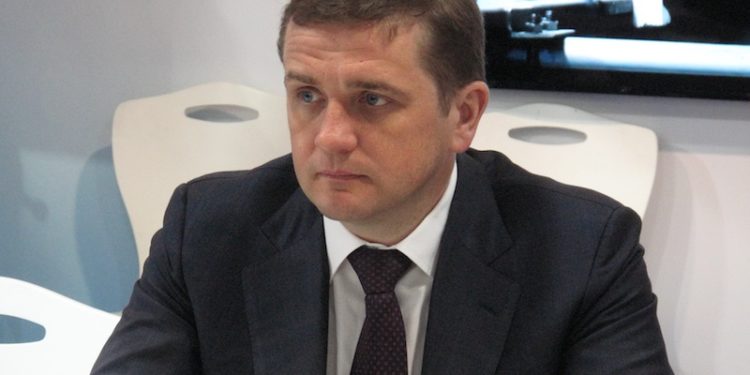Speaking at the Eastern Economic Forum, Ilya Shestakov, head of the Russian Fisheries Agency, announced that in the next five to seven years investment quotas will help to build more than a hundred fishing vessels and an estimated twenty shore processing plants.
During a panel session at the Eastern Economic Forum focused on investments opportunities in the Russian Far East, he said that there have been approximately fifty applications from the Far East and the northern region. The Far Eastern region accounts for approximately 3 million tonnes of landings, around 70% of Russia’s catches.
Legislation passed this summer opened the way for investment quota applications and those selected for investment projects will be assigned 15-year quotas in 2019, conditional on the level of investment that they put into these ventures.
He pointed out that Russia’s fishing sector has been growing by around 1% annually over the last seven years in terms of production, turnover and its contribution to GDP. He added that the demand is growing, while the level of the world catch has remained static for the last 30 years, although in some areas the state of fish stocks requires attention and a reduction in fishing effort.
‘There are good reasons to believe that if such a trend continues in the future, marine wild fish in certain segments, such as white fish, could become a premium product category,’ Ilya Shestakov said. ‘This means completely different levels of prices and added value.’
He believes this makes the fishing industry an effective investment area, and to begin with, this is all about the productivity and economic efficiency of the fleet.
A second area with great economic potential is full processing of catches at coastal enterprises. There are opportunities for the development of production of both quality semi-finished products and ready-to-eat products, including innovative products such as food additives, omega-3, cosmetic and pharmaceuticals based on krill, fish oil, and production waste.
Ilya Shestakov stated that without a significant amount of investment in the fishing fleet and coastal processing, the expected economic growth rates of domestic fisheries will be unlikely to be realised, commenting that one of the mechanisms for attracting investment and providing state support are investment quotas.
He commented that the implementation of investment quotas has the potential to boost the industry’s annual contribution to Russia’s GDP by 50 billion rubles annually, equivalent to a 25% increase over 2016 levels, while full implementation of the investment quotas mechanism is expected to significantly reduce the volumes of fish exported for processing in other countries.









